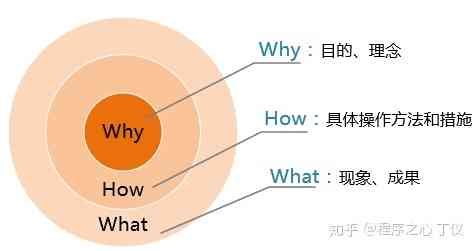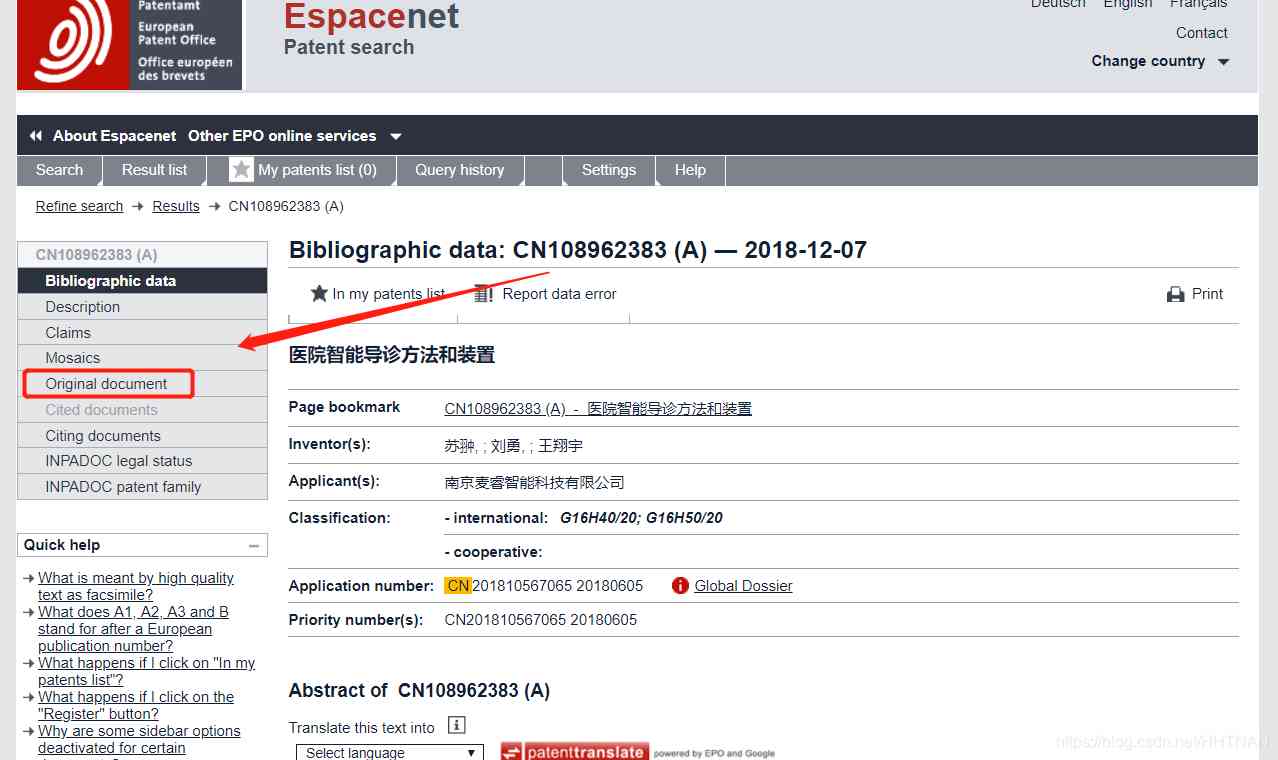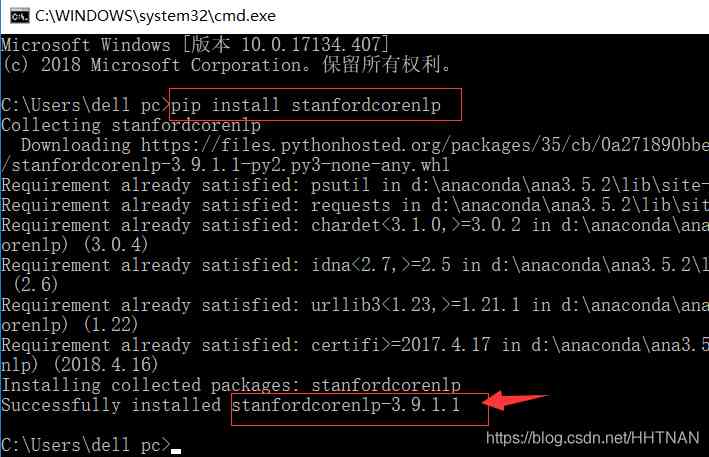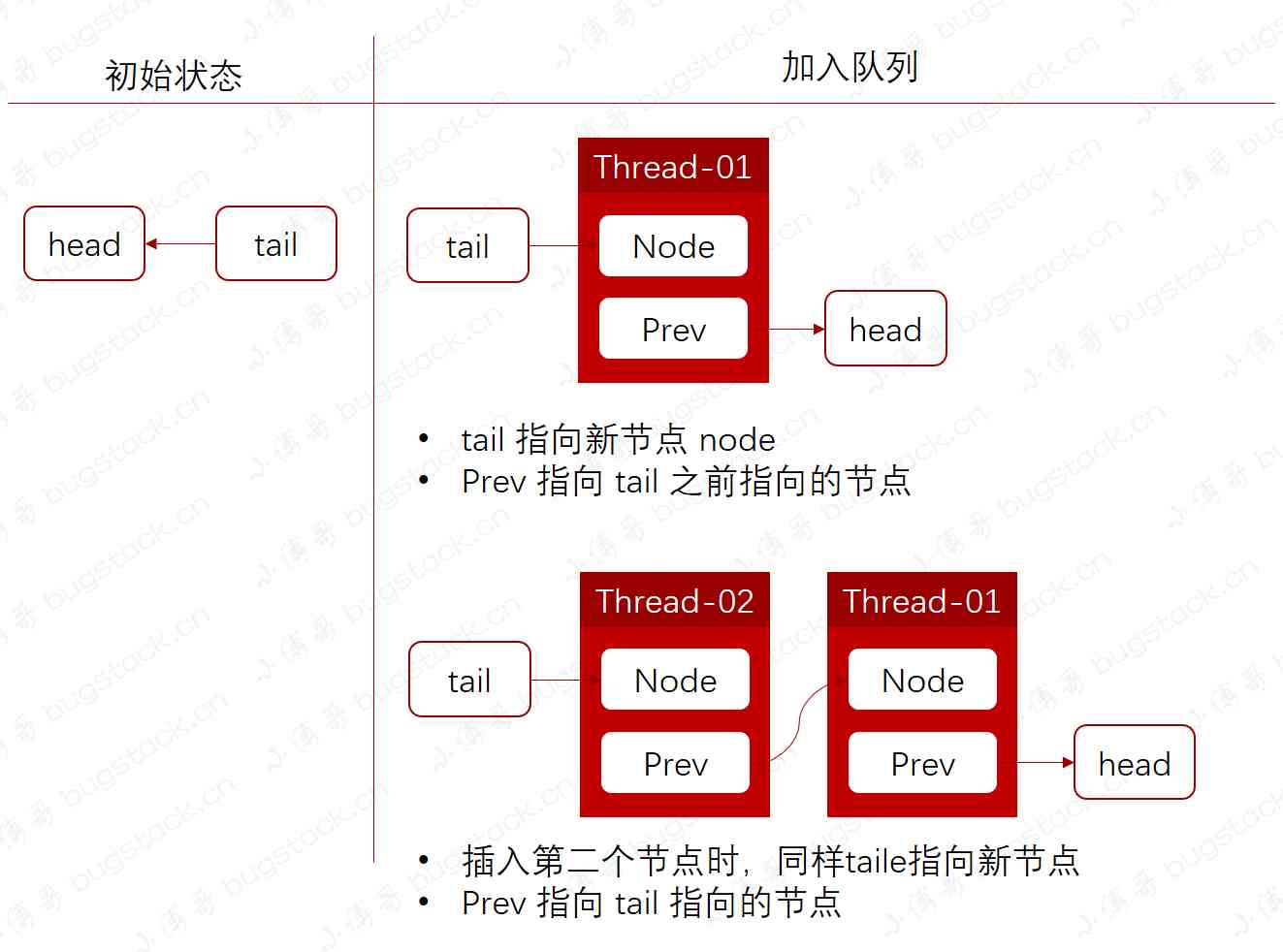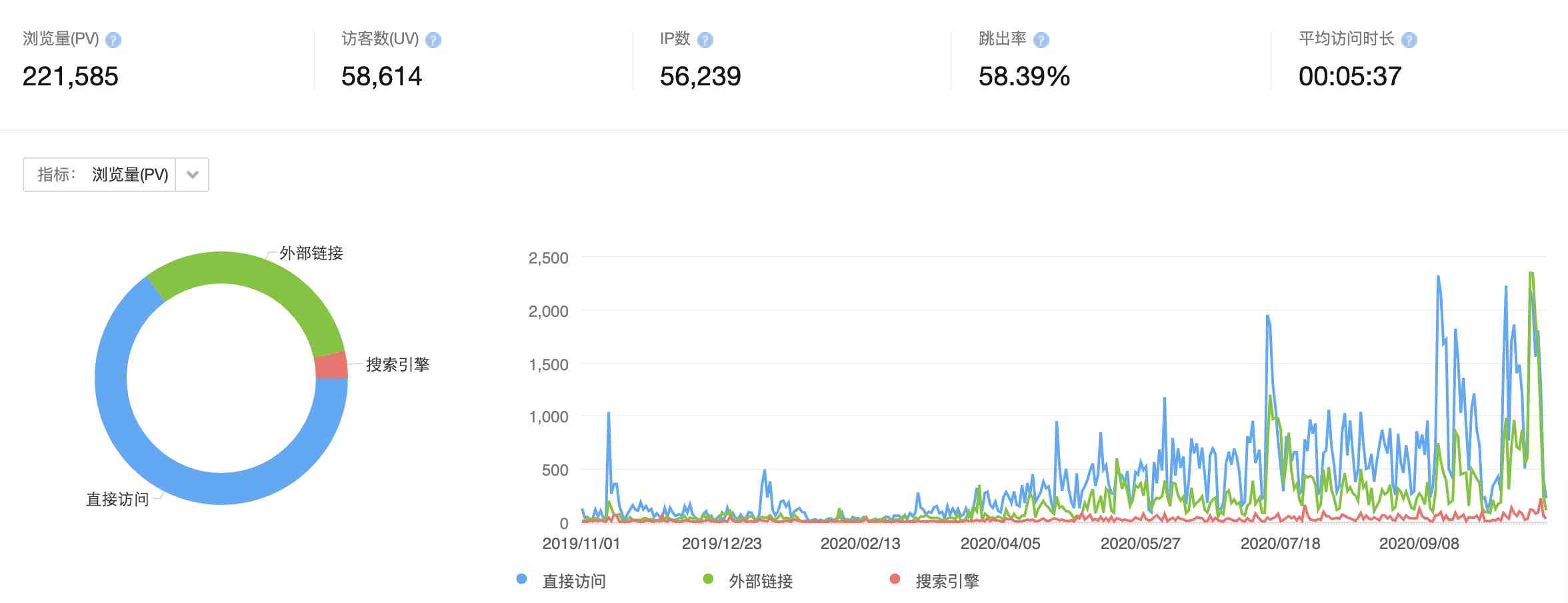Asp.Net Core Study
be based on .Net Core 2.2 Version of learning notes .
common sense
image Django That automatically checks for code updates , Auto reload server ( It's so convenient )
dotnet watch run
Hosting settings
Set the AspNetCoreHostingModel attribute .
<PropertyGroup>
<TargetFramework>netcoreapp2.2</TargetFramework>
<AspNetCoreHostingModel>InProcess</AspNetCoreHostingModel>
</PropertyGroup>
- InProcess: Use IIS Server hosting
- OutOfProcess: Use your own Kestrel Server hosting
Introduction to middleware
- Can be accessed and requested at the same time
- After the request can be processed , Pass the request to the next middleware
- After the request can be processed , Short circuit the pipe
- The response can be sent out
- The middleware is executed in the order of addition
By means of Configure Add parameters in ILogger<Startup> logger introduce Asp.Net Core Self contained log component .
public void Configure(IApplicationBuilder app, IHostingEnvironment env, ILogger<Startup> logger)
{
if (env.IsDevelopment())
{
app.UseDeveloperExceptionPage();
}
app.UseStaticFiles();
app.Use(async (context, next) =>
{
context.Response.ContentType = "text/plain;charset=utf-8";
//await context.Response.WriteAsync("Hello!");
logger.LogDebug("M1: incoming request ");
await next();
logger.LogDebug("M1: Outgoing response ");
});
app.Use(async (context, next) =>
{
context.Response.ContentType = "text/plain;charset=utf-8";
logger.LogDebug("M2: incoming request ");
await next();
logger.LogDebug("M2: Outgoing response ");
});
app.Run(async (context) =>
{
//await context.Response.WriteAsync(" Hello !");
await context.Response.WriteAsync("M3: Processing requests , Generate response ");
logger.LogDebug("M3: Processing requests , Generate response ");
});
}
Output log :( You can see the execution process of the three middleware )
Microsoft.AspNetCore.Hosting.Internal.WebHost:Information: Request starting HTTP/2.0 GET https://localhost:44383/
StudyManagement.Startup:Debug: M1: incoming request
StudyManagement.Startup:Debug: M2: incoming request
StudyManagement.Startup:Debug: M3: Processing requests , Generate response
StudyManagement.Startup:Debug: M2: Outgoing response
StudyManagement.Startup:Debug: M1: Outgoing response
Microsoft.AspNetCore.Hosting.Internal.WebHost:Information: Request finished in 52.8954ms 200 text/plain;charset=utf-8
StudyManagement.Startup:Debug: M1: incoming request
StudyManagement.Startup:Debug: M2: incoming request
StudyManagement.Startup:Debug: M3: Processing requests , Generate response
StudyManagement.Startup:Debug: M2: Outgoing response
StudyManagement.Startup:Debug: M1: Outgoing response
Microsoft.AspNetCore.Hosting.Internal.WebHost:Information: Request finished in 34.3387ms 200 text/plain;charset=utf-8
Static file support
All static files are in the directory wwwroot Next
First
// Set default file
// If it is not set , The default is index.html/default.html These are a few
var defaultFileOpinions = new DefaultFilesOptions();
defaultFileOpinions.DefaultFileNames.Clear();
defaultFileOpinions.DefaultFileNames.Add("test.html");
// Add default file Middleware , Must be in UseStaticFiles Previous registration
app.UseDefaultFiles(defaultFileOpinions);
// Add static file Middleware
app.UseStaticFiles();
DirectoryBrowser middleware
It can be browsed in the browser wwwroot Below . Not recommended for use in production environments .
app.UseDirectoryBrowser();
FileServer middleware
Integrated UseDefaultFiles, UseStaticFiles, UseDirectoryBrowser Functions of three Middleware . It is also not recommended for use in production environments .
var fileServerOpinions = new FileServerOptions();
fileServerOpinions.DefaultFilesOptions.DefaultFileNames.Clear();
fileServerOpinions.DefaultFilesOptions.DefaultFileNames.Add("test.html");
app.UseFileServer(fileServerOpinions);
Developer exception page
if (env.IsDevelopment())
{
var developerExceptionPageOptions = new DeveloperExceptionPageOptions();
// Displays the number of lines of code
developerExceptionPageOptions.SourceCodeLineCount = 10;
app.UseDeveloperExceptionPage();
}
app.Run(async (context) =>
{
throw new Exception(" Exception thrown by oneself ");
});
Development environment variables
- Development: development environment
- Staging: demonstration ( simulation 、 temporary ) Environmental Science
- Production: formal ( production ) Environmental Science
Ops:
- Use
ASPNETCORE_ENVIRONMENTEnvironment variable setting development environment . - On the development machine , stay
launchSettings.jsonSetting environment variables in file . - stay Staging and Production Environmental time , Try to set environment variables in the operating system .
- Use
IHostEnvironmentService access runtime environment - In addition to custom environments, standards are also supported (UAT、QA etc. )
introduce MVC frame
First add MVC service .
public void ConfigureServices(IServiceCollection services)
{
// Simply introduce the core MVC service , Only core functions
services.AddMvcCore();
// This is usually used , Multi function
services.AddMvc();
}
Add Middleware
public void Configure(IApplicationBuilder app, IHostingEnvironment env, ILogger<Startup> logger)
{
if (env.IsDevelopment())
{
var developerExceptionPageOptions = new DeveloperExceptionPageOptions();
// Displays the number of lines of code
developerExceptionPageOptions.SourceCodeLineCount = 10;
app.UseDeveloperExceptionPage();
}
app.UseStaticFiles();
app.UseMvcWithDefaultRoute();
}
MVC Routing rules :/ Controller name / Method name ,( Case insensitive )
For example, the route in the following example is :/home/index
HomeController Code :
public class HomeController : Controller
{
public string Index()
{
return "home controller";
}
}
Preliminary understanding of model and dependency injection
Defining models
public class Student
{
public int Id { get; set; }
public string Name { get; set; }
public string ClassName { get; set; }
public string Email { get; set; }
}
Defining interfaces
public interface IStudentRepository
{
Student GetById(int id);
void Save(Student student);
}
Implementation interface
There is no access to the database , Define a class of fake data
public class MockStudentRepository : IStudentRepository
{
private List<Student> _students;
public MockStudentRepository()
{
_students = new List<Student>
{
new Student { Id=1, Name=" millet ", ClassName=" Red rice ", Email="[email protected]" },
new Student { Id=2, Name=" Huawei ", ClassName=" glory ", Email="[email protected]" },
new Student { Id=3, Name="oppo", ClassName="vivo", Email="[email protected]" },
};
}
public Student GetById(int id)
{
return _students.FirstOrDefault(a => a.Id == id);
}
public void Save(Student student) => throw new NotImplementedException();
}
Register dependency injection
Asp.Net Core There are three types of dependency injection container registration services
- AddSingleton
- AddTransient
- AddScoped
Advantages of dependency injection
- Low coupling
- High testability , More convenient for unit testing
public void ConfigureServices(IServiceCollection services)
{
services.AddMvc();
// Register dependency injection , Bind the implementation class to the interface
services.AddSingleton<IStudentRepository, MockStudentRepository>();
}
Using dependency injection in the model
public class StudentController : Controller
{
private readonly IStudentRepository _studentRepository;
// It is injected by constructor injection IStudentRepository
public StudentController(IStudentRepository studentRepository)
{
_studentRepository = studentRepository;
}
public JsonResult Index(int id)
{
return Json(_studentRepository.GetById(id));
}
}
Introduction to controller
Content format negotiation
Use in controller method ObjectResult Return type , Support content negotiation , Return data according to request header parameters ,
// Support content format negotiation
public ObjectResult Details(int id)
{
return new ObjectResult(_studentRepository.GetById(id));
}
Such as :
Accept: application/xml
Will return xml Format . notes : Also add xml Serializer .
public void ConfigureServices(IServiceCollection services)
{
services.AddMvc()
// register XML Serializer
.AddXmlSerializerFormatters();
}
Getting started with views
Methods to transfer data from controller to view
The first two are weak types
- ViewData
- ViewBag
- Strongly typed view
ViewData
- Weakly typed dictionary object
- Use string The key value of the type , Storage and chaxun
- Runtime dynamic parsing
- No IntelliSense , There is also no type checking at compile time
Usage method :
ViewData["Title"] = " Student view ";
ViewData["Model"] = model;
cshtml Code :
<html xmlns="http://www.w3.org/1999/xhtml">
<head>
<title></title>
</head>
<body>
<h1>@ViewData["Title"]</h1>
@{
var student = ViewData["model"] as StudyManagement.Models.Student;
}
<div> full name :@student.Name</div>
<div> class :@student.ClassName</div>
</body>
</html>
ViewBag
// Assign values directly to dynamic properties
ViewBag.PageTitle = "ViewBag title ";
ViewBag.Student = model;
cshtml Use :
<h1>@ViewBag.PageTitle</h1>
<div> full name :@ViewBag.Student.Name</div>
<div> class :@ViewBag.Student.ClassName</div>
Strongly typed view
In the controller to View() Model
public IActionResult GetView()
{
var model = _studentRepository.GetById(1);
return View(model);
}
stay cshtml The model type is specified in
@model StudyManagement.Models.Student
<html xmlns="http://www.w3.org/1999/xhtml">
<head>
<title></title>
</head>
<body>
<h1> Strongly typed model </h1>
<ul>
<li>@Model.Id</li>
<li>@Model.Name</li>
<li>@Model.ClassName</li>
<li>@Model.Email</li>
</ul>
</body>
</html>
ViewModel Model view
Be similar to DTO( Data transmission object )
Definition ViewModel
public class StudentDetailsViewModel
{
public Student Student { get; set; }
public string PageTitle { get; set; }
}
Modify controller
public IActionResult Details()
{
var model = _studentRepository.GetById(1);
var viewModel = new StudentDetailsViewModel
{
Student = model,
PageTitle = "viewmodel Page title in "
};
return View(viewModel);
}
stay View Use in
<!-- The registered model here is changed to ViewModel 了 -->
@model StudyManagement.ViewModels.StudentDetailsViewModel
<html xmlns="http://www.w3.org/1999/xhtml">
<head>
<title></title>
</head>
<body>
<h1> Strongly typed model </h1>
<h2>@Model.PageTitle</h2>
<ul>
<li>@Model.Student.Id</li>
<li>@Model.Student.Name</li>
<li>@Model.Student.ClassName</li>
<li>@Model.Student.Email</li>
</ul>
</body>
</html>
View Use cycle in
@model IEnumerable<StudyManagement.Models.Student>
<html xmlns="http://www.w3.org/1999/xhtml">
<head>
<title></title>
</head>
<body>
<table border="1">
<tr>
<td>Id</td>
<td> full name </td>
<td> class </td>
<td> mailbox </td>
</tr>
@foreach (var student in Model)
{
<tr>
<td>@student.Id</td>
<td>@student.Name</td>
<td>@student.ClassName</td>
<td>@student.Email</td>
</tr>
}
</table>
</body>
</html>
Layout view LayoutView
Create layout view
<!DOCTYPE html>
<html>
<head>
<meta name="viewport" content="width=device-width" />
<title>@ViewBag.Title</title>
</head>
<body>
<div>
@RenderBody()
</div>
@RenderSection("Scripts", required: false)
</body>
</html>
Render view
@model IEnumerable<StudyManagement.Models.Student>
@{
Layout = "~/Views/Shared/_Layout.cshtml";
ViewBag.Title = " home page Student list ";
}
<div></div>
View node Section
Render nodes in layout view
@RenderSection("Scripts", required: false)
Defining nodes in normal view
@section Scripts{
<script>
document.write("hello");
</script>
}
View start ViewStart
My understanding is that _ViewStart.cshtml Each view file in the directory where the file is located starts rendering, and the contents of this file are executed first . It is usually placed directly in the Views Under the table of contents , Global effect , It can be placed under each sub folder , This can cover the global _ViewStart.cshtml.
@{
Layout = "_Layout";
}
View import ViewImports
Used to import a namespace 、 Registration model, etc n Multiple operations .
Effective mechanism and ViewStart almost .
route
- General routing ( Traditional routing )
- Attribute routing
General routing
stay MapRoute Just pass in the method .
// Custom routing
app.UseMvc(route =>route.MapRoute("default",
"{controller=Home}/{action=Index}/{id?}"));
Attribute routing
More flexible than traditional routing , It can be used with traditional routing .
That is to add routing annotation to the controller method , A method can map multiple routes at the same time .
[Route("Home/Index")]
public IActionResult Index()
{
return View(_studentRepository.GetAll());
}
Parameters can also be specified in the route
[Route("test/{id?}")]
public IActionResult Details(int id = 1)
{
var model = _studentRepository.GetById(id);
var viewModel = new StudentDetailsViewModel
{
Student = model,
PageTitle = "viewmodel Page title in "
};
return View(viewModel);
}
You can annotate the controller class directly ,[controller]/[action].
Welcome to exchange
Exchange questions please leave a message at WeChat official account. , I will reply to every message ~
- WeChat official account : Master of Star Painting
- Code playing studio :https://live.bilibili.com/11883038
- You know :https://www.zhihu.com/people/dealiaxy
- special column :https://zhuanlan.zhihu.com/deali

